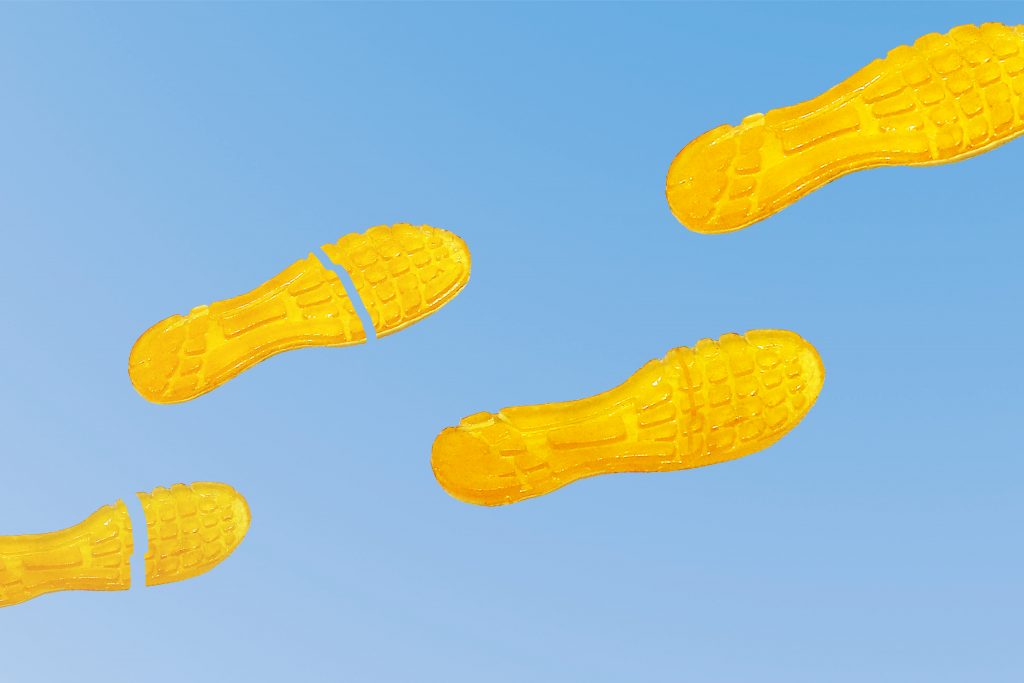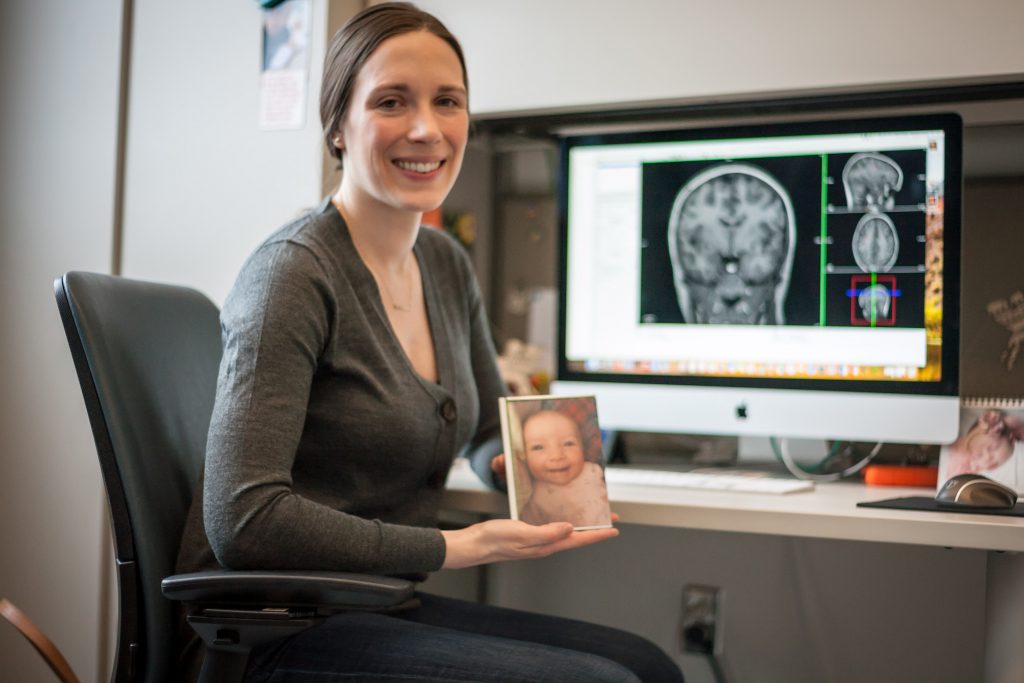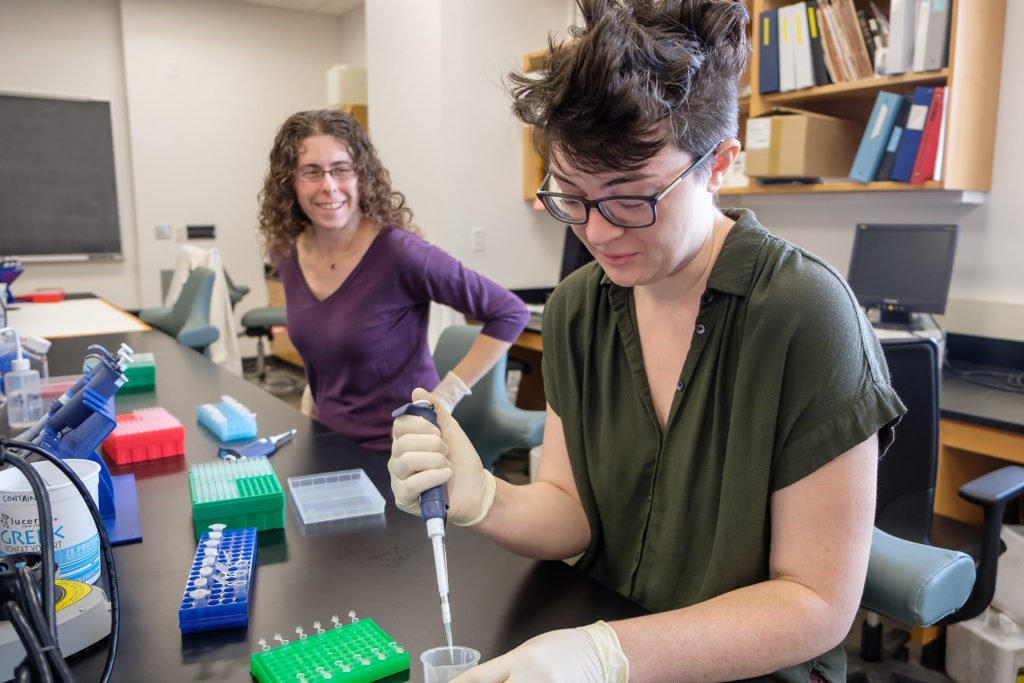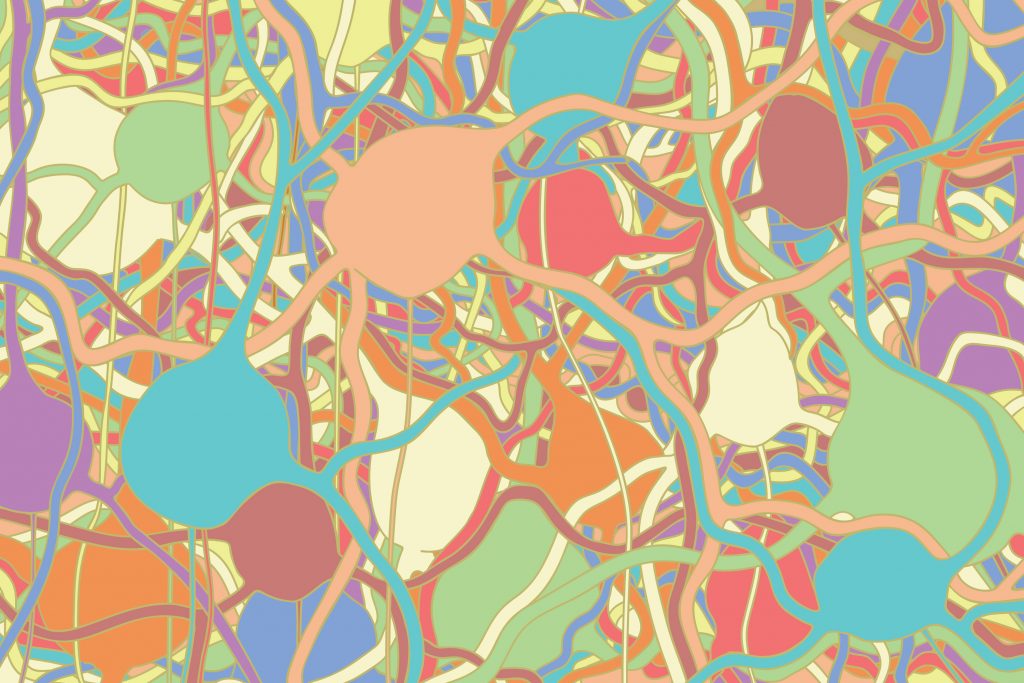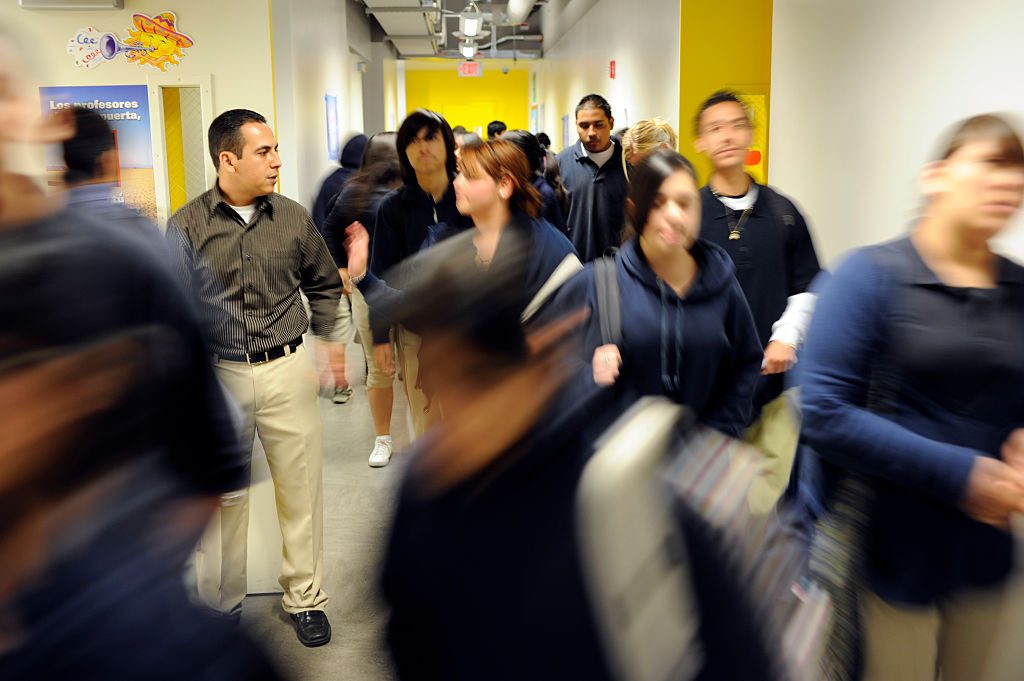Research & Discovery
Bad to the Bone: Bacterial Lipids, Bone Loss, and Periodontal Disease
UConn Health researchers have received $1.5 million from the NIH for a project that could lead to the development of treatments to prevent the progression of periodontitis and to help restore gum tissues and bone lost through the progression of gum disease.
March 14, 2019 | Anna Zarra Aldrich '20 (CLAS), Office of the Vice President for Research
Where the Rubber Hits the Road, Breaks, and Repairs Itself
Researchers at UConn and USC put the rubber objects through strength tests that proved not only was regeneration possible, but regeneration at nearly 100 percent strength.
March 13, 2019 | Eli Freund
First Steps: UConn Partners on Child Care Fellowship
A new private-public fellowship program is intended to make it easier for new UConn parents to return to research.
March 13, 2019 | Kim Krieger
Science is Better When it’s Diverse
A group of anthropologists document how bringing diverse perspectives purposefully into scientific inquiry goes far beyond increasing representation in the laboratory: diversity transforms the very practice of science.
March 12, 2019 | Christine Buckley
Leading While Black, the Experience of Black Female Principals
With a $50,000 grant from the Spencer Foundation, UConn researchers will study how microaggressions and discrimination affect the experiences of 25 black, female principals.
March 12, 2019 | Anna Zarra Aldrich '20 (CLAS), Office of the Vice President for Research
Exploring Hypothalamic Circuits, One Neuron at a Time
A new study by UConn and JAX Genomic Medicine provides important clues for understanding certain neural circuits in the brain and the potential for the development of targeted neuropsychiatric therapies.
March 11, 2019 | Combined Reports
A Policy Proposal That Could Curb Remote Sensing Research
Zhe Zhu says a potential change in federal policy to begin charging again for Landsat satellite data would be hugely detrimental to scientific research.
March 8, 2019 | Elaina Hancock
Report Recommends Ways to Promote Equity in Charter Schools
The federal government should grant awards to charter schools that clearly describe their strategies to serve a diverse set of learners, say researchers at UConn and the University of Wisconsin-Madison.
March 7, 2019 | Jaclyn Severance
New Grant Trains Future Researchers in Communication Disorders
A team of UConn researchers has received a grant from the National Institute on Deafness and Other Communication Disorders to train graduate students and postdoctoral fellows in communication disorder research skills and methods.
March 7, 2019 | Anna Zarra Aldrich '20 (CLAS), Office of the Vice President for Research
Tropical Forests Naturally Regrow Quickly, But Without Species Variety
Forests recover growth in a few decades, but it may take centuries before the species diversity returns to the original composition, according to a study co-authored by Robin Chazdon of UConn.
March 6, 2019 | Combined Reports

